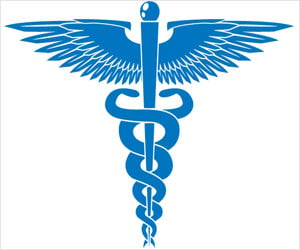Ever since the mediclaim policies were introduced in the 1980s, the biggest bone of contention between the insurance companies and the consumers has been the issue of pre-existing disease.

It was to avoid these issues that the General Insurance Council which is a statutory body of all general insurance companies in India under the Indian Insurance Act, 1938 came up with common wordings in respect of pre-existing diseases that was supposed to apply for all policies issued from June 1, 2008.
Firstly the definition of Pre-existing disease was restricted to any condition, ailment or injury or related condition(s) for which you had signs or symptoms, and / or were diagnosed, and / or received medical advice/ treatment, within 48 months prior to your first policy with us. Clearly it did not include any future complications arising from a pre-existing condition as well as restricted the pre-existing definition to only those conditions that arose in 4 years before the commencement of the.
The same resolution also went on to provide that benefits will not be available for any pre-existing condition(s) as defined in the policy, until 48 months of continuous coverage have elapsed, since inception of the first policy with us essentially meaning that even these pre-existing conditions will be covered in the 5th continuous renewal.
Here the general insurance industry follows quite a divergent trend.
1. Most companies follow the above requirement of covering even pre-existing diseases after a cooling off period though it may not be restricted to only 4 years and may be higher.
2. Some companies require in addition that there be no claim at all (whether from the pre-existing condition or any other condition) during this cooling off period.
3. A few companies also require that during the cooling off period there should not have been any care, advise or treatment taken in respect of the pre-existing condition thus effectively ruling out any coverage in respect of diseases such as diabetes and hyper tension (and the host of diseases that arise as a result of these diseases) which require regular care and treatment.
4. Some companies cover complications arising from diabetes and/or hypertension immediately on payment of additional premium over and above the normal premium.
A quick summary of the position taken by general insurance companies is given below:
The big point is that it is only now that consumers are beginning to understand the need for health insurance and the market has started growing rapidly. Any large-scale dispute on claims is likely to affect the consumer confidence in the product. IRDA already has in its circular of March 31, 2009 required that there should be transparency about the coverage of pre-existing diseases. However, given the widely divergent practices followed by the Insurance industry it might be useful if IRDA was also to lay down specific guidelines in this regard. Also, once some degree of standardization has been achieved, the industry as a whole should carry out continuing consumer education on this important point so that consumers are able to take an informed decision and do not lose confidence in this vital insurance product.
Advertisements









